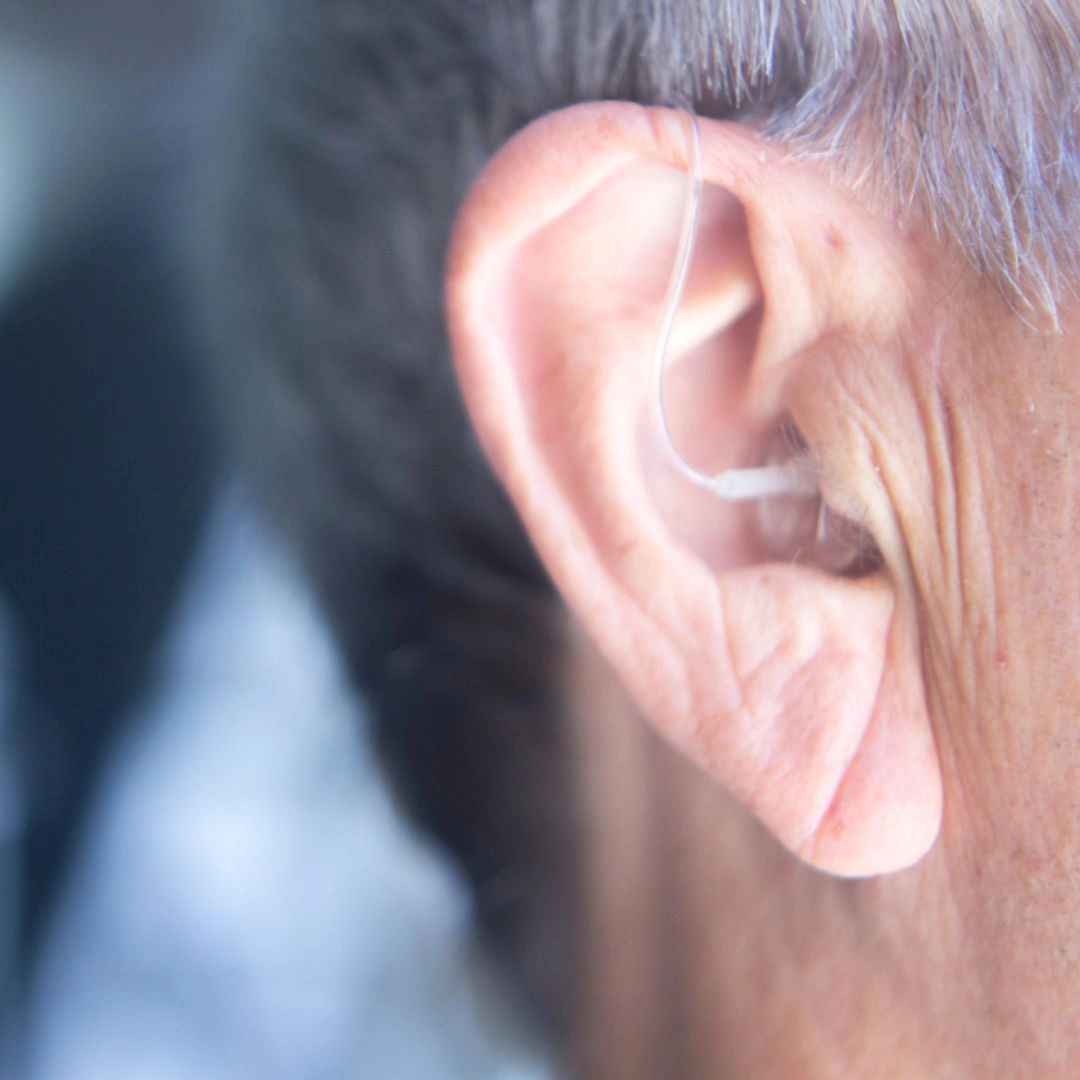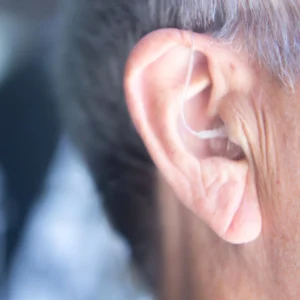
By Diane Nahabedian | PUBLISHED: February 22, 2024 | UPDATED: March 14, 2024 | The Lowell Sun and Sentinel and Enterprise
The digital technology sector is responding to this challenge. Companies ranging from innovative startups to the industry’s leading firms are focusing on creating assistive technologies that are both functional and practical. There’s a surge in innovation aimed at aiding those with disabilities, including physical, visual, and degenerative impairments. Most notably, the rapid development of artificial intelligence is providing new ways to improve these technologies, enabling scientists and engineers to overcome long-standing barriers.
You may already encounter some of these technologies in your daily life. AI voice assistants such as Google Assistant, Siri, and Alexa, commonly used for tasks like updating shopping lists, playing music, or providing weather forecasts, are familiar examples. However, these technologies also offer significant benefits to individuals with visual or auditory disabilities. They can narrate text and images for those with visual impairments or employ text-to-speech features to aid those with speech difficulties. AI has enabled companies to enhance these features, increasing their effectiveness as assistive technologies.
At Envisioning Access, we are dedicated to working with individuals living with physical disabilities. Throughout our forty-five-year history, we have seen assistive technology for the disability community adapt and improve as technology and innovation advance. We value the work of the robotics, augmented reality, virtual reality, and AI industries in these efforts. We are excited to work alongside them to develop new technologies to help individuals with physical disabilities live more independent and engaged lives.
The field of assistive technology for individuals with physical disabilities is constantly evolving and advancing. It’s essential that the disability community is actively involved in this progression. Ensuring their involvement is a key step towards achieving inclusivity in both the development and usage of these technologies. Envisioning Access is committed to supporting these advancements by working closely with those who have physical disabilities. We provide guidance to companies and universities creating these technologies, ensuring they are practical and beneficial for the people who will use them. Our Innovative Technology Initiative aims to introduce new technologies to those with physical disabilities while collaborating with experts to develop the most effective tools, helping individuals with disabilities thrive and lead fulfilling lives.
For instance, to develop a groundbreaking solution for the visually impaired and blind population, we are collaborating with Waipoint, a tech start-up out of Washington, on an exciting pilot project. Visually Impaired Scene and Object Recognition System, or VISORS, is an innovative solution to provide vision and direction to the visually impaired using AI. For those who need it, the wearable visor detects a particular object and directs the user towards it using real-time tracking. It can point to and lead the user to a specific item based on AI learning. VISORS communicates details about the surroundings and nearby objects to the user, so a user no longer must rely on room memory or external help to achieve simple tasks. VISORS can help users access public transportation, attend school, find meaningful employment, and live independently. We’re working with Waipoint to test VISORS with visually impaired individuals to make sure the system is as usable and effective as possible for the end user.
As we work towards solutions allowing individuals with disabilities to lead more fulfilled and satisfying lives, it’s important to collaborate and ensure that both the journey and the results are as inclusive as they can be. Emerging technologies like AI, AR/VR, and robotics are playing a leading role in groundbreaking assistive technologies, the likes of which were unimaginable a decade ago. Through collective efforts, partnering with the digital platform sector to leverage these exciting technological advancements, and actively involving the disability community in the development and testing of new assistive tools, we can forge pathways for individuals with disabilities to achieve greater independence and connect more deeply with the wider community.
Diane S. Nahabedian is the Executive Director of Envisioning Access, an organization focused on finding innovative solutions to provide enhanced quality of life and opportunities for individuals living with physical disabilities. As a senior-level nonprofit management professional, she has spent over thirty years working with organizations to enhance their stature through outreach that includes development, marketing and communications, and strategic partnership recruitment efforts, all to ensure organizational financial security.


